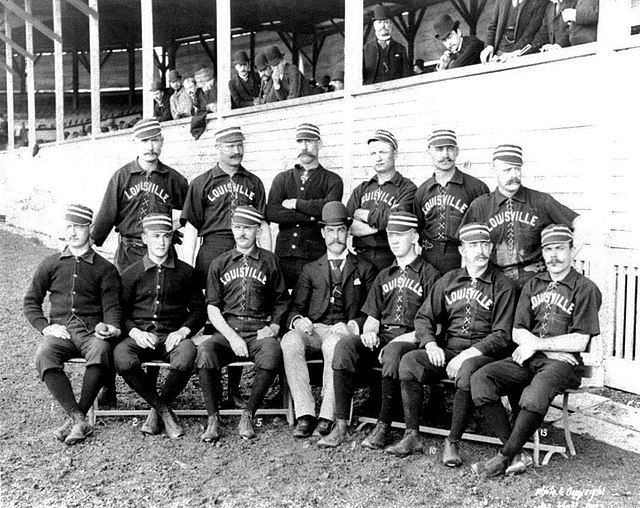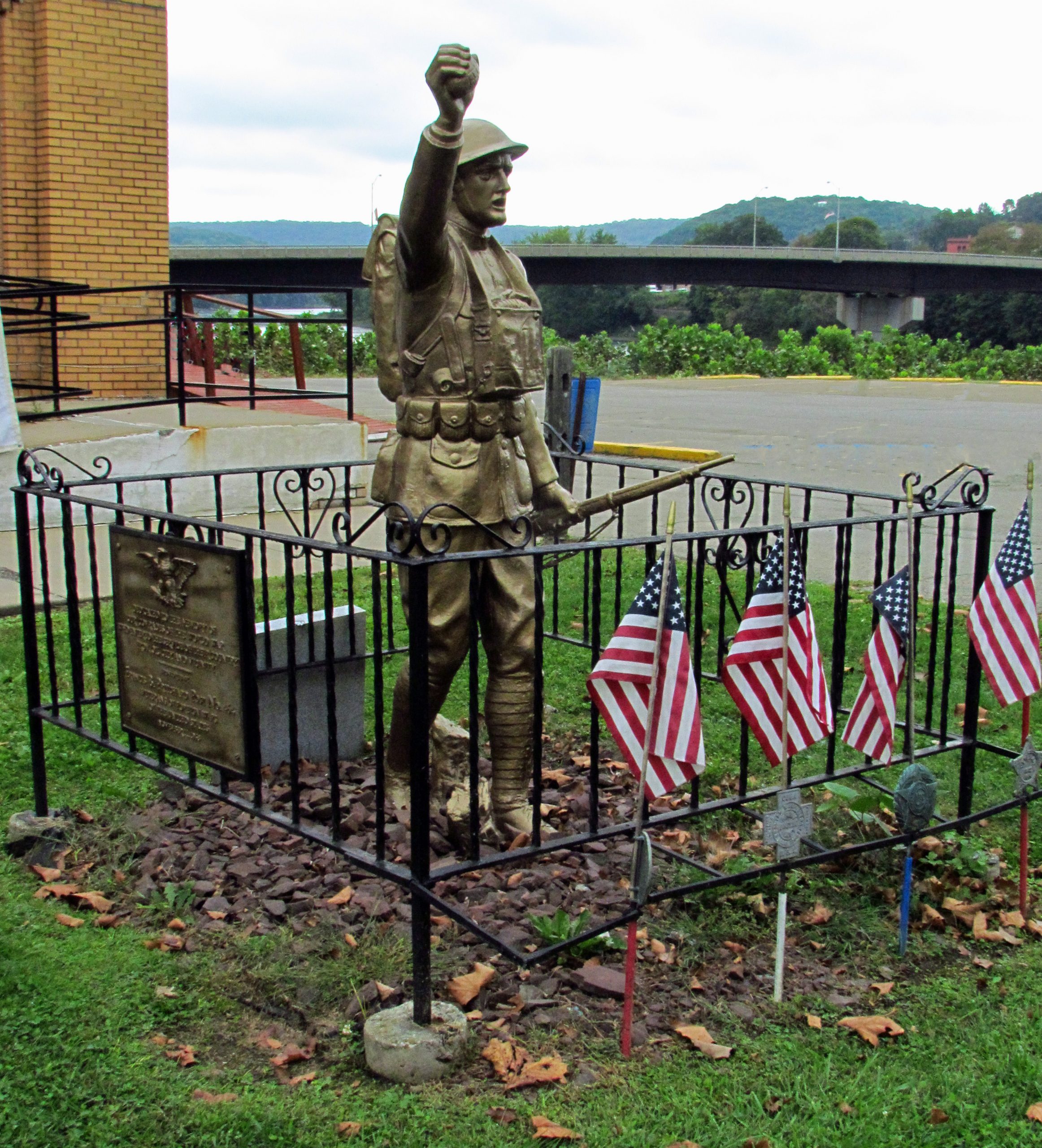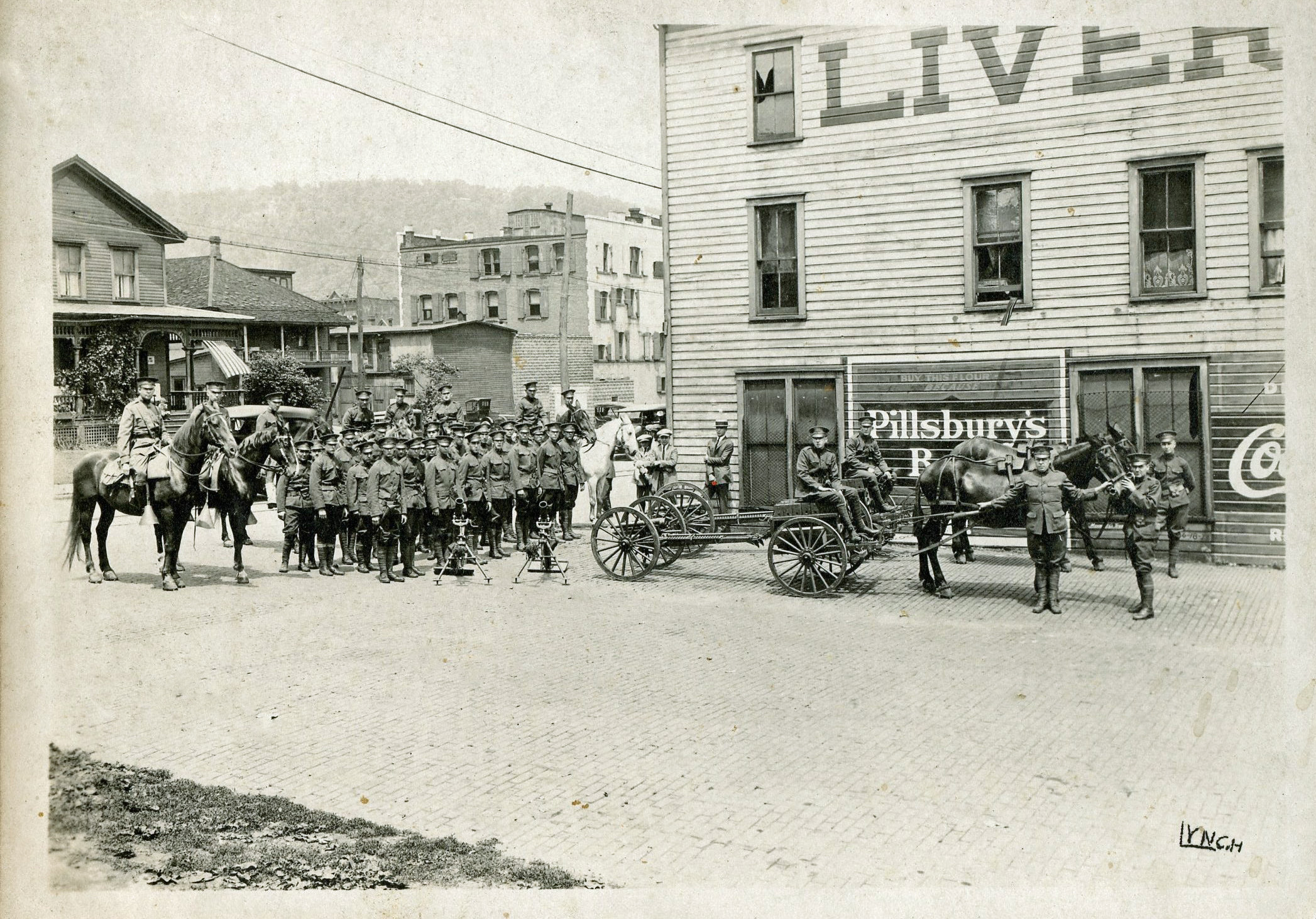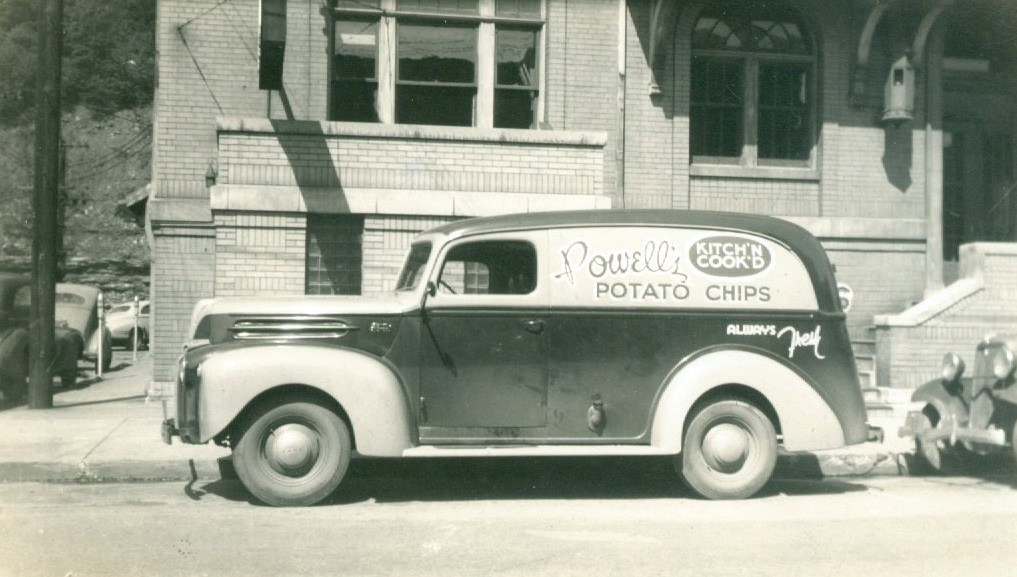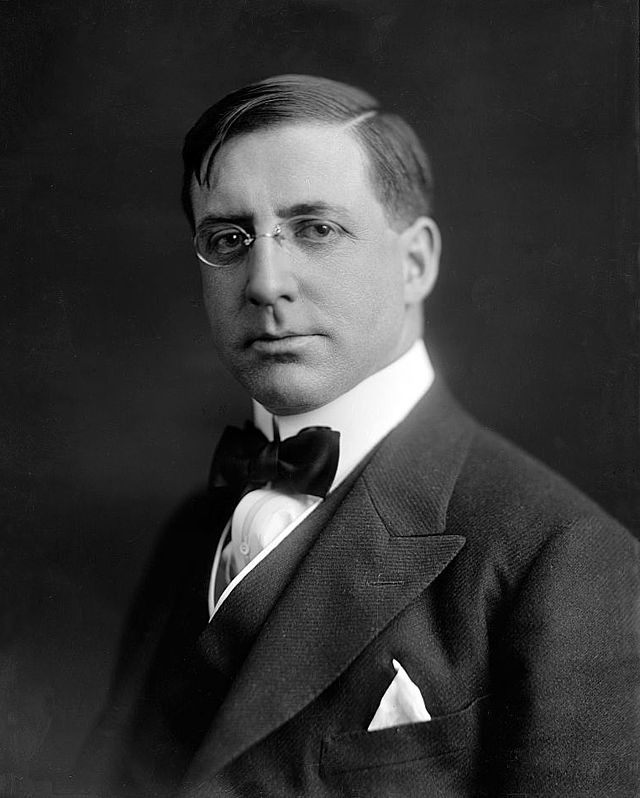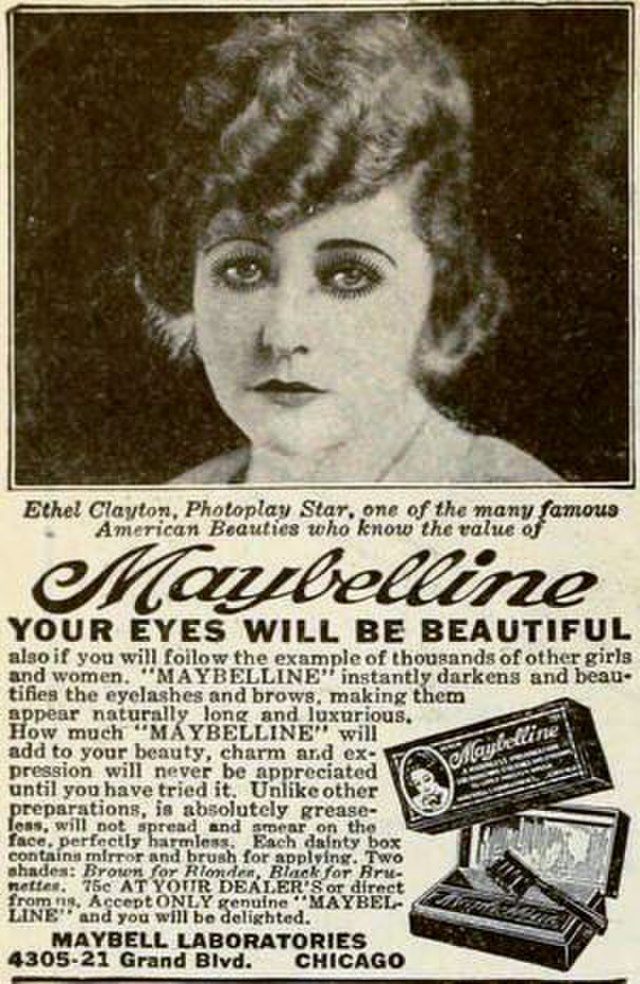Maybe She’s Born With It
- Judy Etzel
- November 25, 2022
- Hidden Heritage
- 7419
Oil City’s unique history can come out in bits and pieces.
The community can claim one-of-a-kinds, distinguished public servants, music accolades and a wide assortment of the ‘Did You Know?’ categories.
Here’s a quick sampling of our ‘Did You Know?’ heritage:
Did You Know? Two sports-related items in the Aug. 23, 1888, edition of the Oil City Weekly Derrick newspaper are eye-catchers.
One item told of Col. Louis Rogers Browning, also known as Petey the Gladiator or Distillery Pete. He was a top-ranked batter for the Louisville Baseball Club and was playing an exhibition game in Oil City.
It seems he was suffering from a bruised heel and was getting no relief from poultices and ointments. A friend offered that “an internal application of rock and rye would do the work,” according to the newspaper account. Browning did that and was arrested within a few hours after becoming boisterous at a downtown tavern.
The second incident involved a crooked boxing match. Hundreds of local residents attended a pre-arranged boxing match in a barn about five miles outside of Oil City. The fighters were Prof. W.S. Layton of Oil City and Jack Galvin of Franklin.
The match didn’t start until after midnight because of poor lighting and controversy about gate receipts. The fighters donned two-ounce gloves and hit each other steadily for 13 rounds. At the end of the 13th round, Oil City supporters became suspicious “when betting became heavy, especially among the Franklin folks.”
“Old heads became suspicious that some trick must be coming,” noted The Derrick reporter. “Sure enough, Layton was seen taking a drink from a bottle in his corner and immediately began retching violently and painfully”. At that point, the fight was awarded to Galvin who had, wrote the reporter, “been badly winded after the 13th round.” Suggesting the Franklin bettors had been “too delirious” in the late betting, the sports writer ended with, “It is an open question whether Layton was drugged or bought.”
Did You Know? Famed Notre Dame football coach Frank Leahy was the keynote speaker at a banquet held in December 1941 in Oil City. An estimated 500 people attended the dinner that was sponsored by the Double X Club.
The event was held to honor the athletic teams at St. Joseph High School and the Oil City High School.
Did You Know? As World War I began in Europe, Oil City put on one of the biggest July 4th celebrations ever in 1939. The newspaper reported there were 50,000 people who watched the evening display of fireworks.
During the day, thousands watched the parade, attended band concerts and viewed the dedication of the Spirit of the American Doughboy statue in front of the VFW Lodge on Relief Street. The statue was dedicated in memory of deceased Oil City veterans of World War I.
On that same day, three National Guard units took part in a sham battle at the Mitchell Avenue race track. The practice featured uniformed soldiers with rifles, a spectacle that viewers said was “just like the real thing.”
Another large military gathering was held later that month. The Howitzer Company of the 112th Regiment, National Guard, set up camp at Monarch Park for the weekend to do target practice and drill. The company was based out of the Armory on Oil City’s South Side.
Did You Know? Oil City was buzzing with news of a visit by Gov. Emmet D. Boyle of Nevada. He was in town in early September 1918 to visit his uncle, Patrick C. Boyle, of Hasson Heights and other relatives. He was up for re-election on the Democratic ticket for another term as governor.
Patrick Boyle was editor and publisher of The Derrick newspaper in Oil City.
Did You Know? Powell’s Confectionery and Novelty Shop tucked into Oil City’s South Side business district was popular with local youngsters because of comic books, plastic model kits and a large display of novelty items.
The business also made Powell’s potato chips.
Did You Know? An Oil City man is credited with starting the Willkie-for-President clubs in 1940. According to the Red Oak Express newspaper in Iowa, the clubs had “mushroomed over the nation the past two weeks” in early 1940. The originator, reported the newspaper, was Webb D. Allen of Oil City, father of Don Allen of this city.
“W.D. Allen, a staunch Republican and superintendent of the Senate storeroom in Harrisburg, launched the idea in his home Venango County and it caught on,” noted the newspaper. “It was then picked up by state and national leaders.”
Webb D. Allen lived at 116 W. 4th St. in Oil City.
There was always talk that Willkie motored through the South Side of Oil City in an open convertible during his candidacy.
Did You Know? Petroleum has a lot of other uses besides lubrication and fuel. Robert A. Chesebrough, a young chemist, left Titusville in 1865 for a lab in New York. He was tasked with experimenting how the waxy substance, paraffin, that clogged oil well heads could be used. A few years later, he patented “Vaseline,” a product he promoted as a leather treatment, lubricator, and balm.
By the early 1900s, young women were combining lamp black and Vaseline to make mascara. One man, Thomas Williams, noticed his sister Mabel combining the two ingredients and he created Lash Brow-Line in 1915. He eventually changed the name to honor his sister. The new mascara company, Maybelline, launched the cosmetics industry in the U.S.
Did You Know? In the summer of 1935, Oil City was reaping the benefits of the federal Works Progress Administration that gave grants for public projects. The work included paving streets, building a municipal swimming pool, constructing a sewage treatment plant and more. Hasson Park would get a new paved roadway. Maple Avenue was to be graded. Storm sewers were going to be built on Pierce Avenue. Stone curbs along many streets would be reset and brick pavements repaired. Payments for an assistant school nurse to do home visits in the Oil City School District were approved. The wages for the WPA workers were good. The government announced that monthly wages to be paid in Venango County on projects carried out under the WPA would range from $44 for common labor to $69 for professional and technical employees.
Meanwhile, Republican state legislators were protesting the federal program and insisted that “all dependents of federal, state and local government, as well as all workers such as the WPA who draw pay from the government, should be disqualified from voting,” according to press reports. The effort failed to gain support.
Written by Judy Etzel with research by Kay Dawson and design by Natalie Cubbon.
HIDDEN HERITAGE IS SPONSORED BY:
Jack Eckert & Susan Hahn
— In Memory of Kay Ensle —
Support This Project
Donations to the library are appreciated to help offset printing costs & make this project possible! Want to become a sponsor? Email us at promotions@oilregionlibraries.org to get started!
Make a Donation
